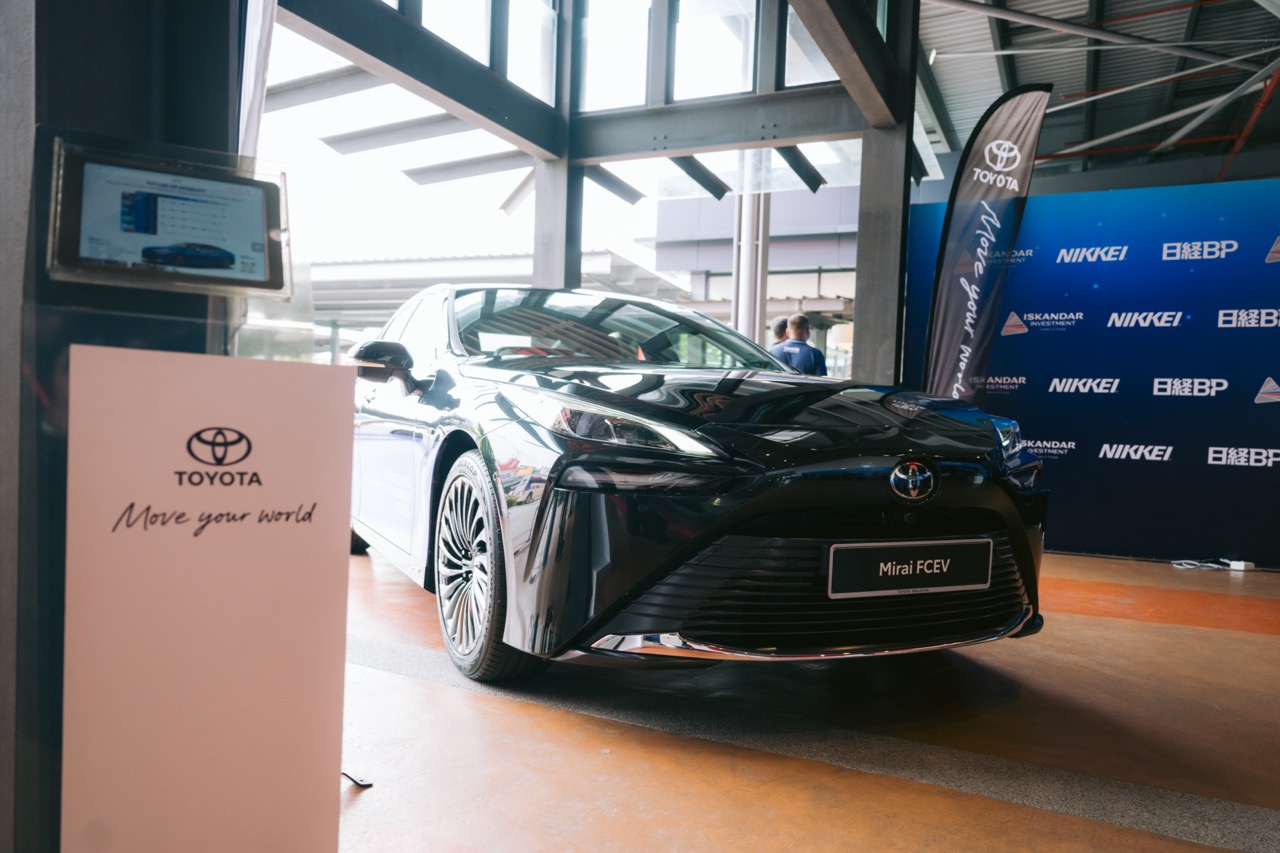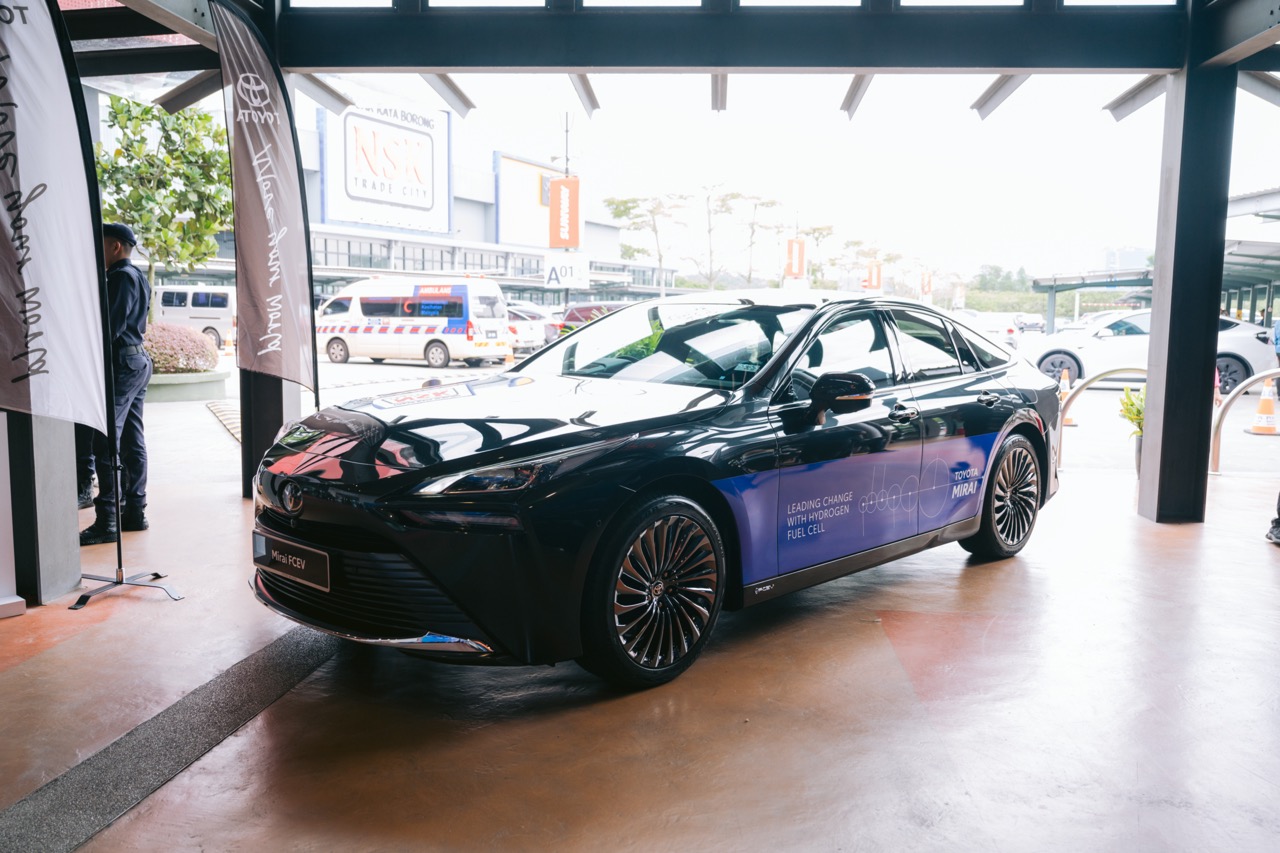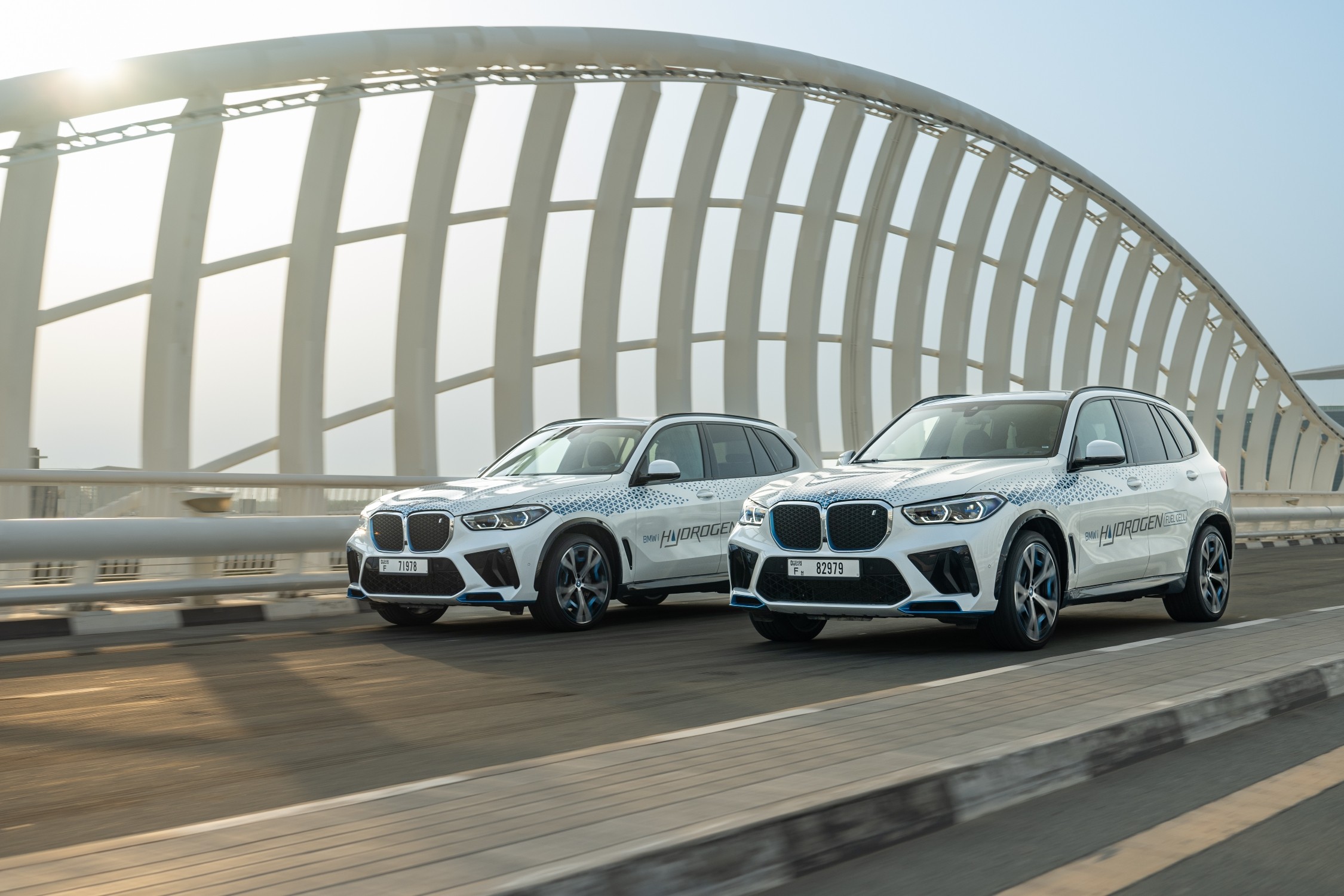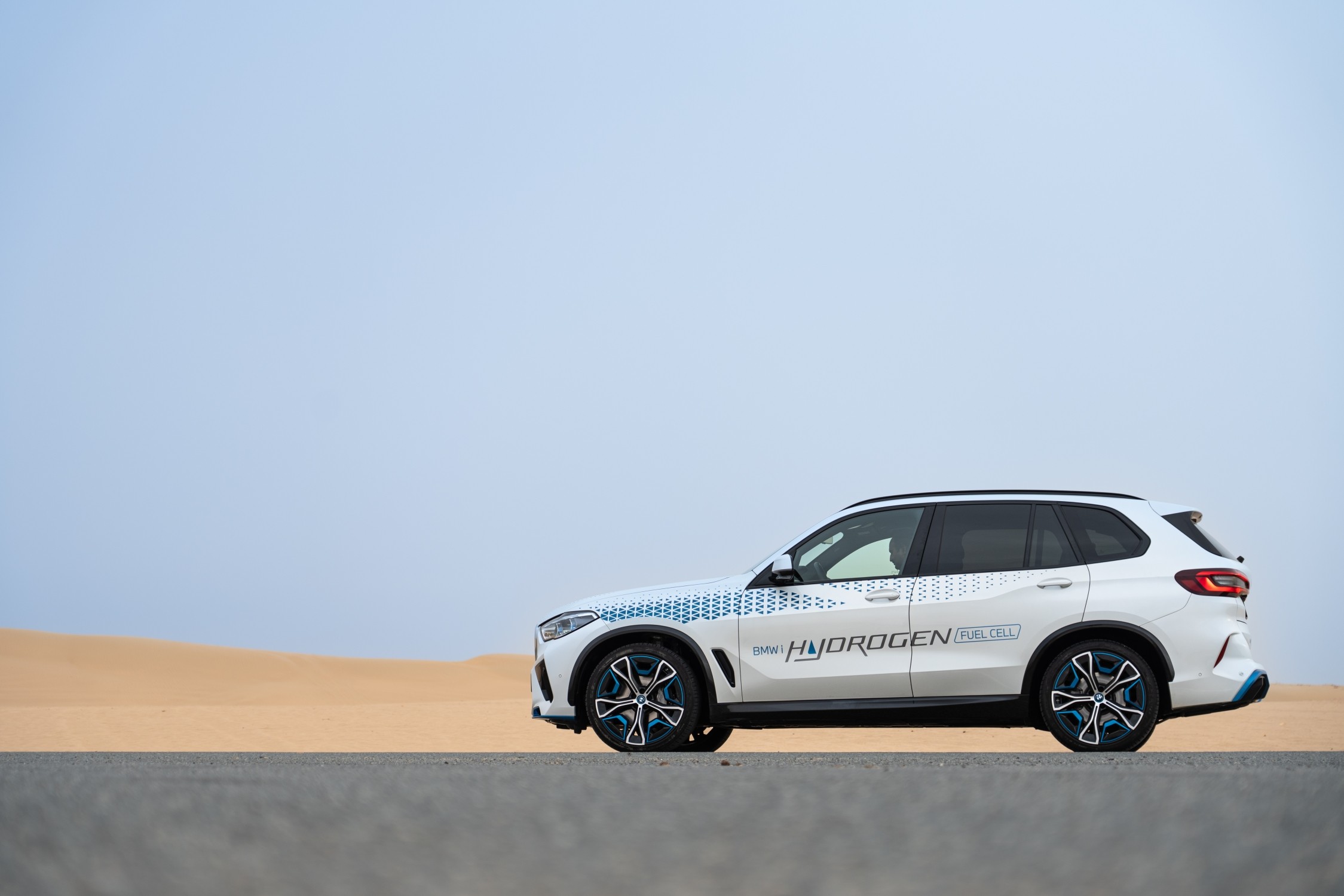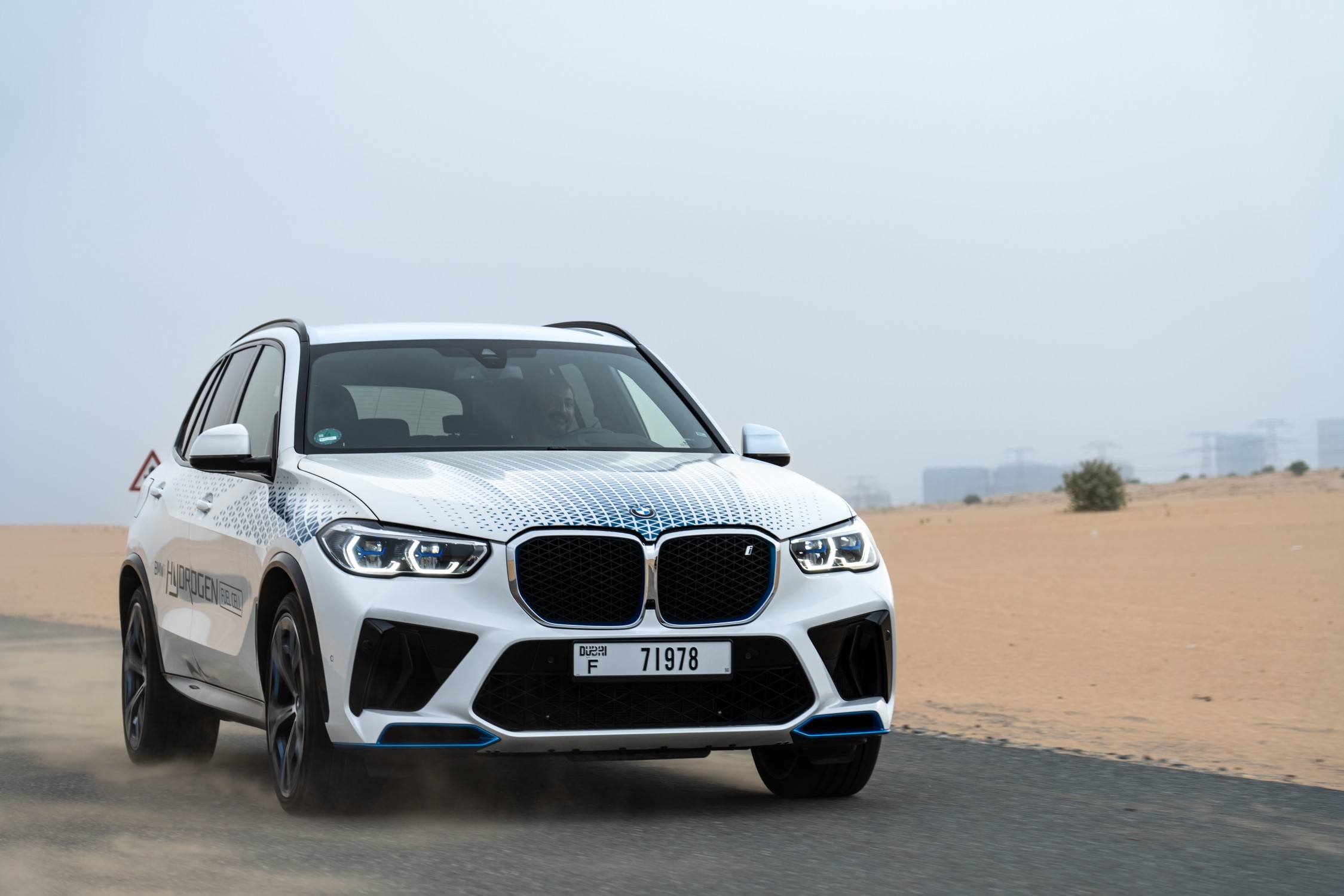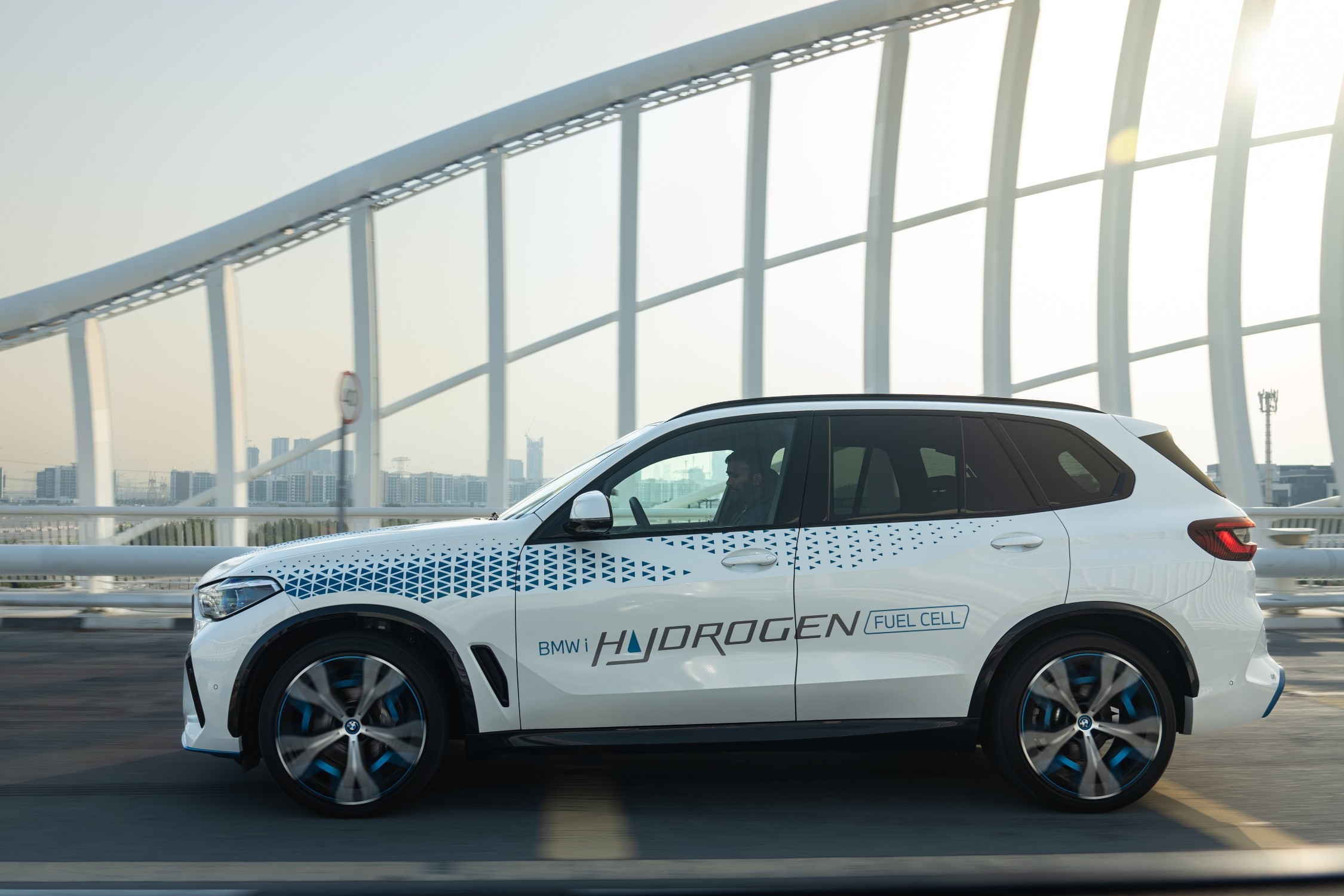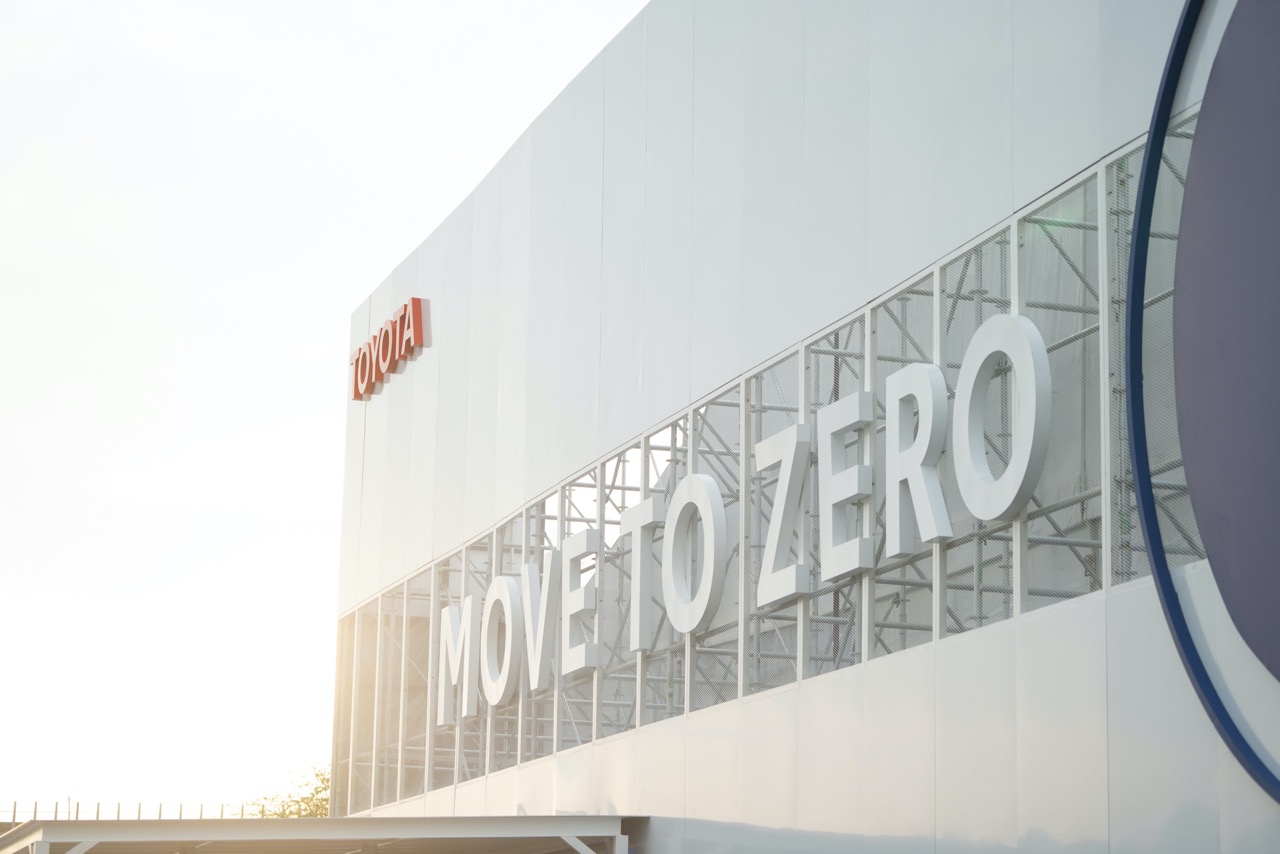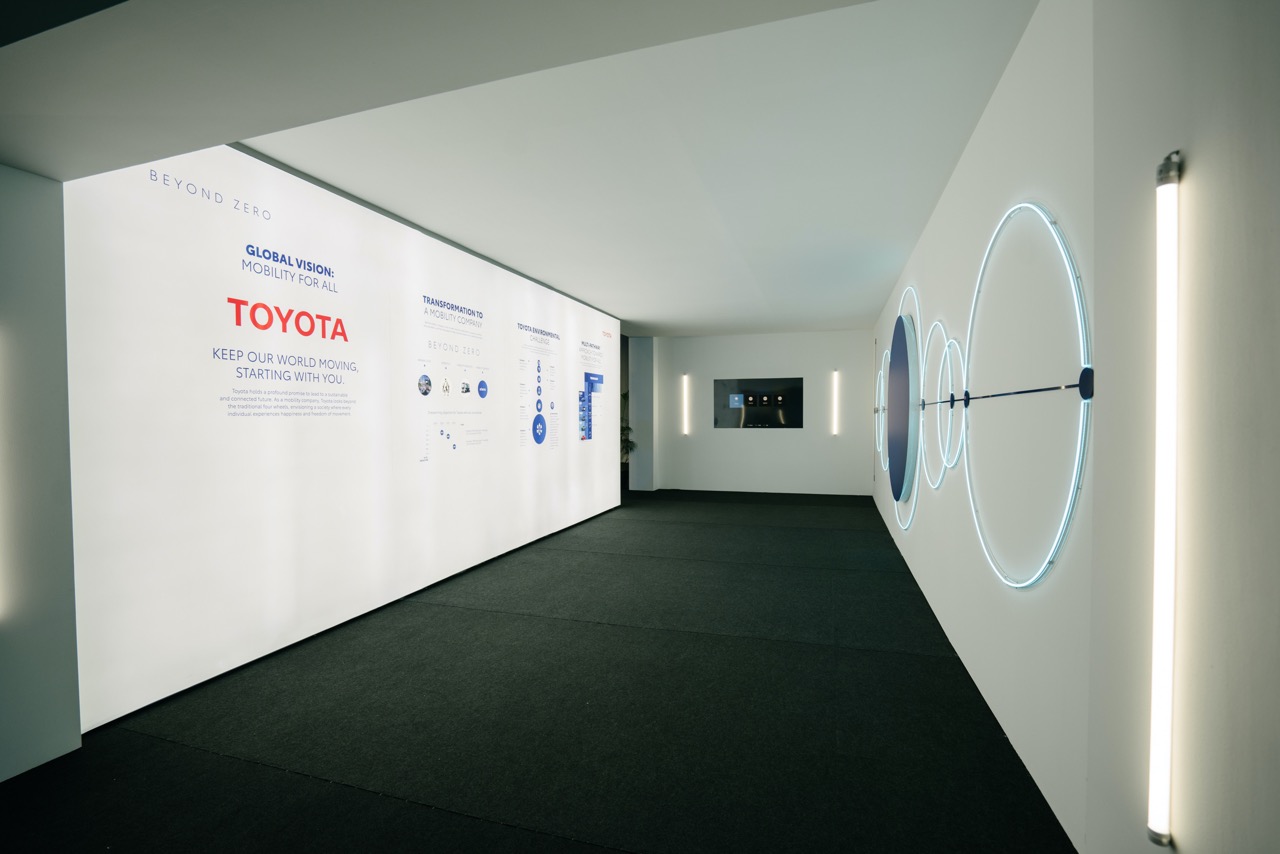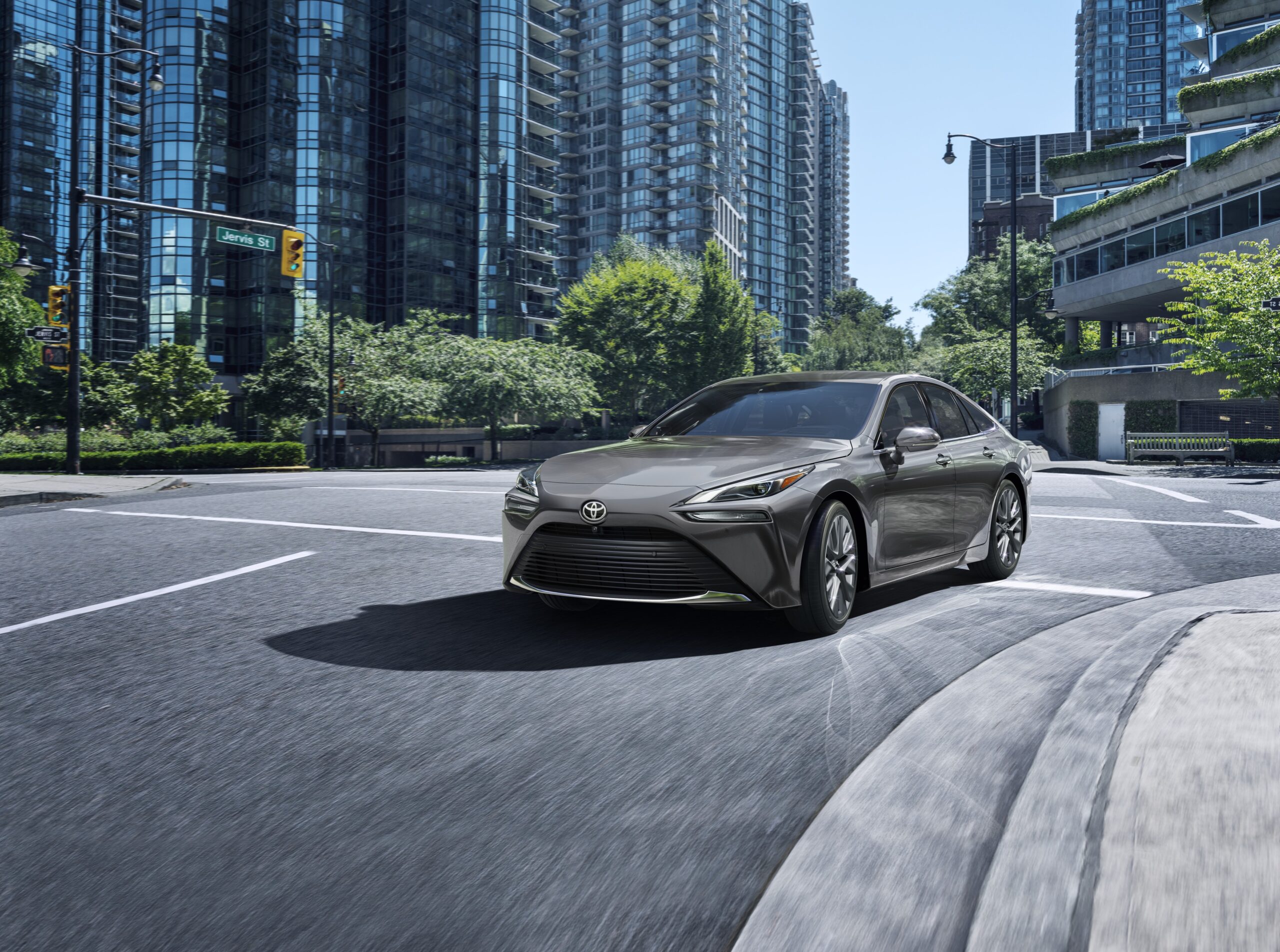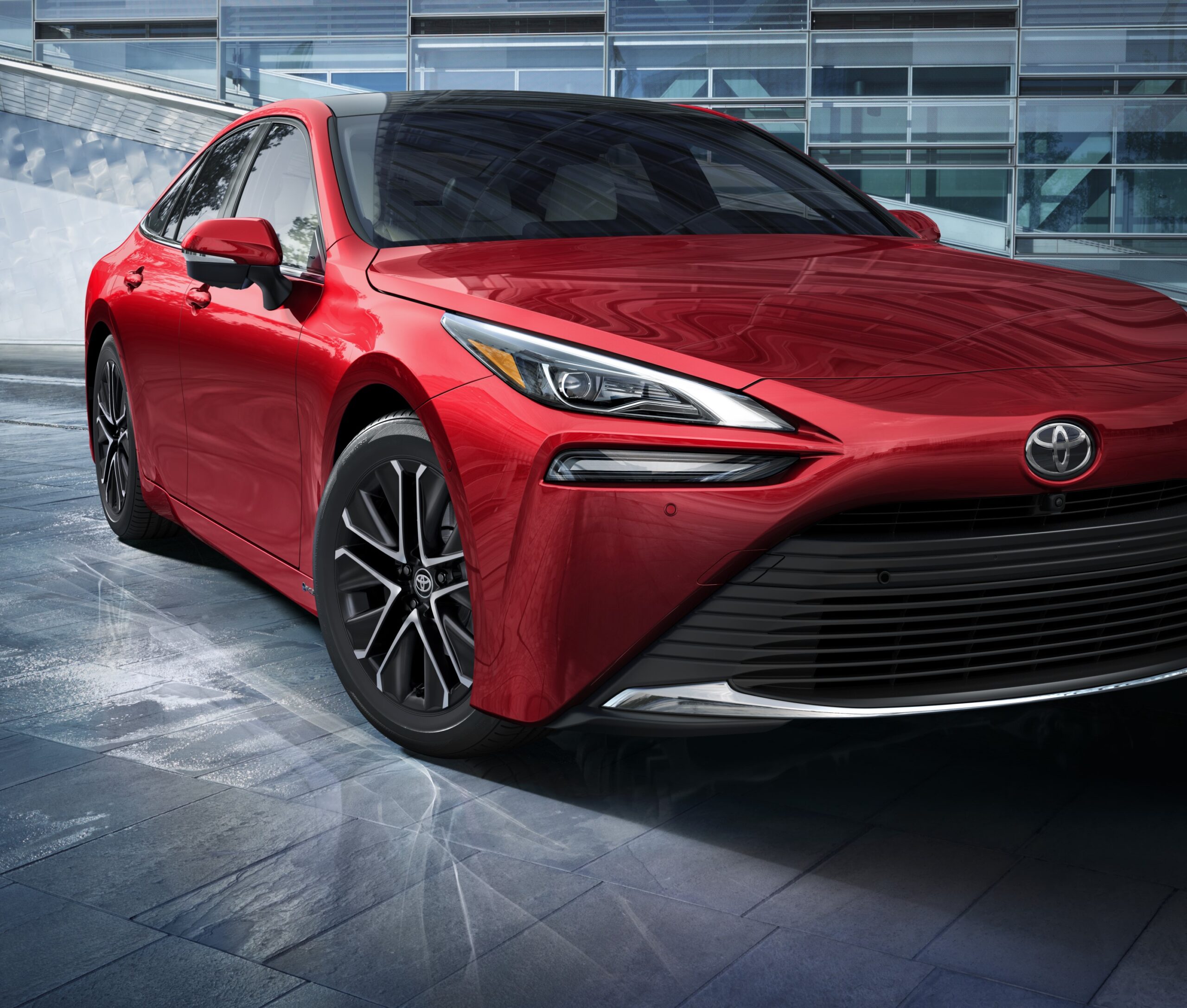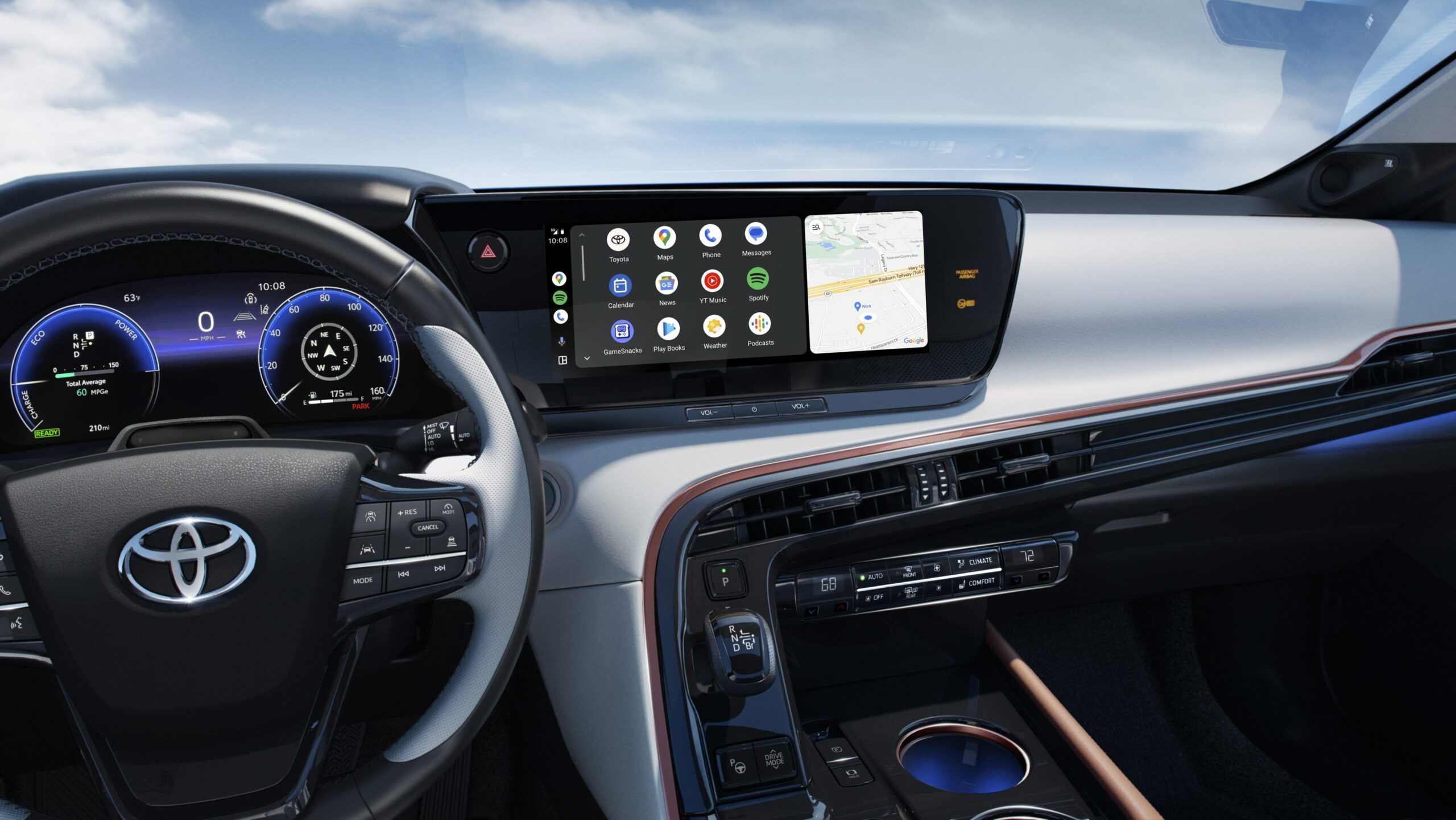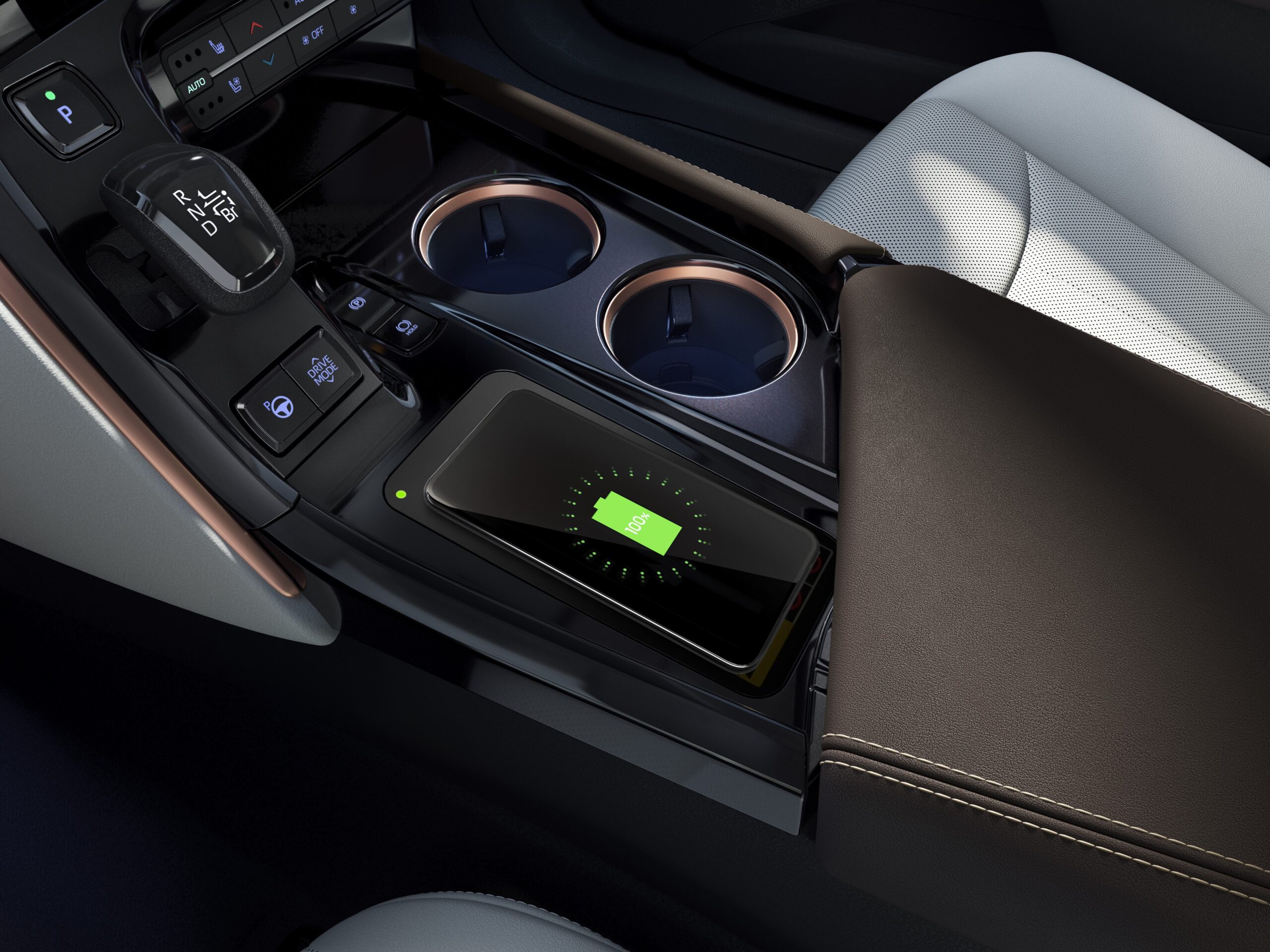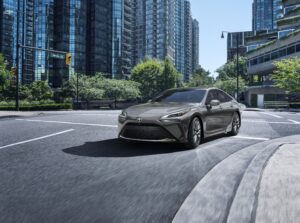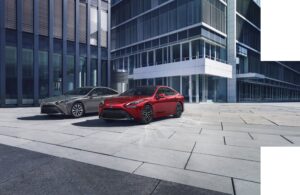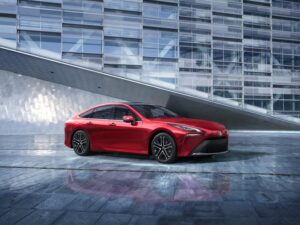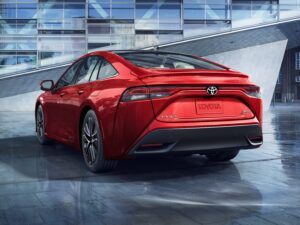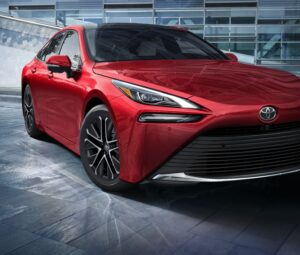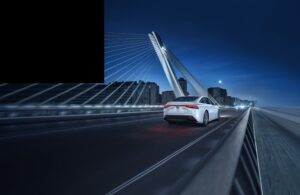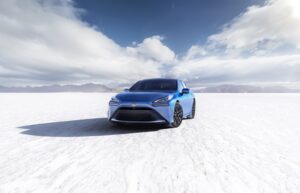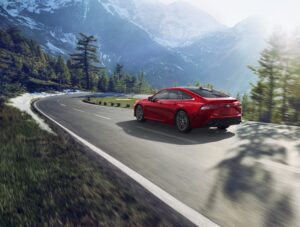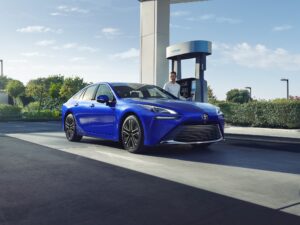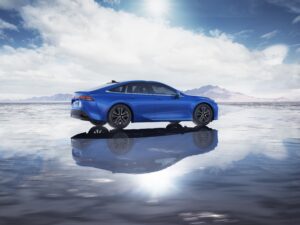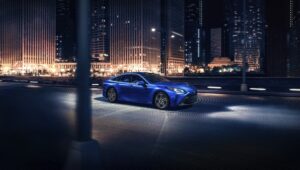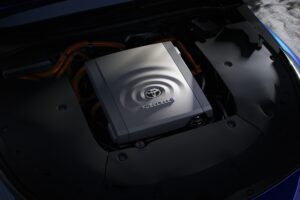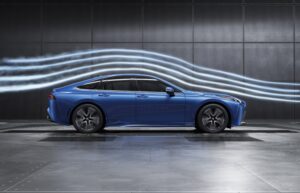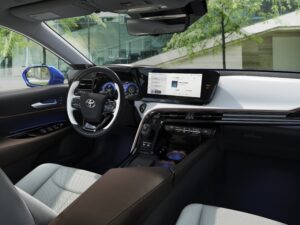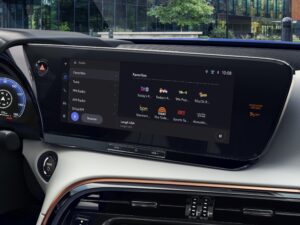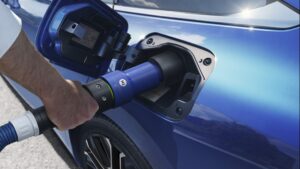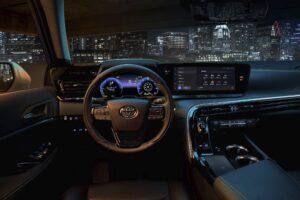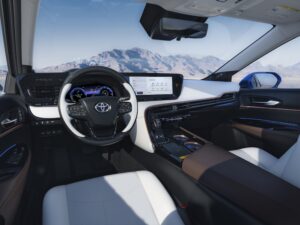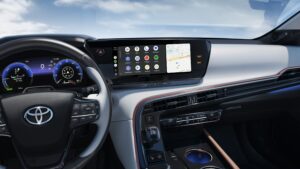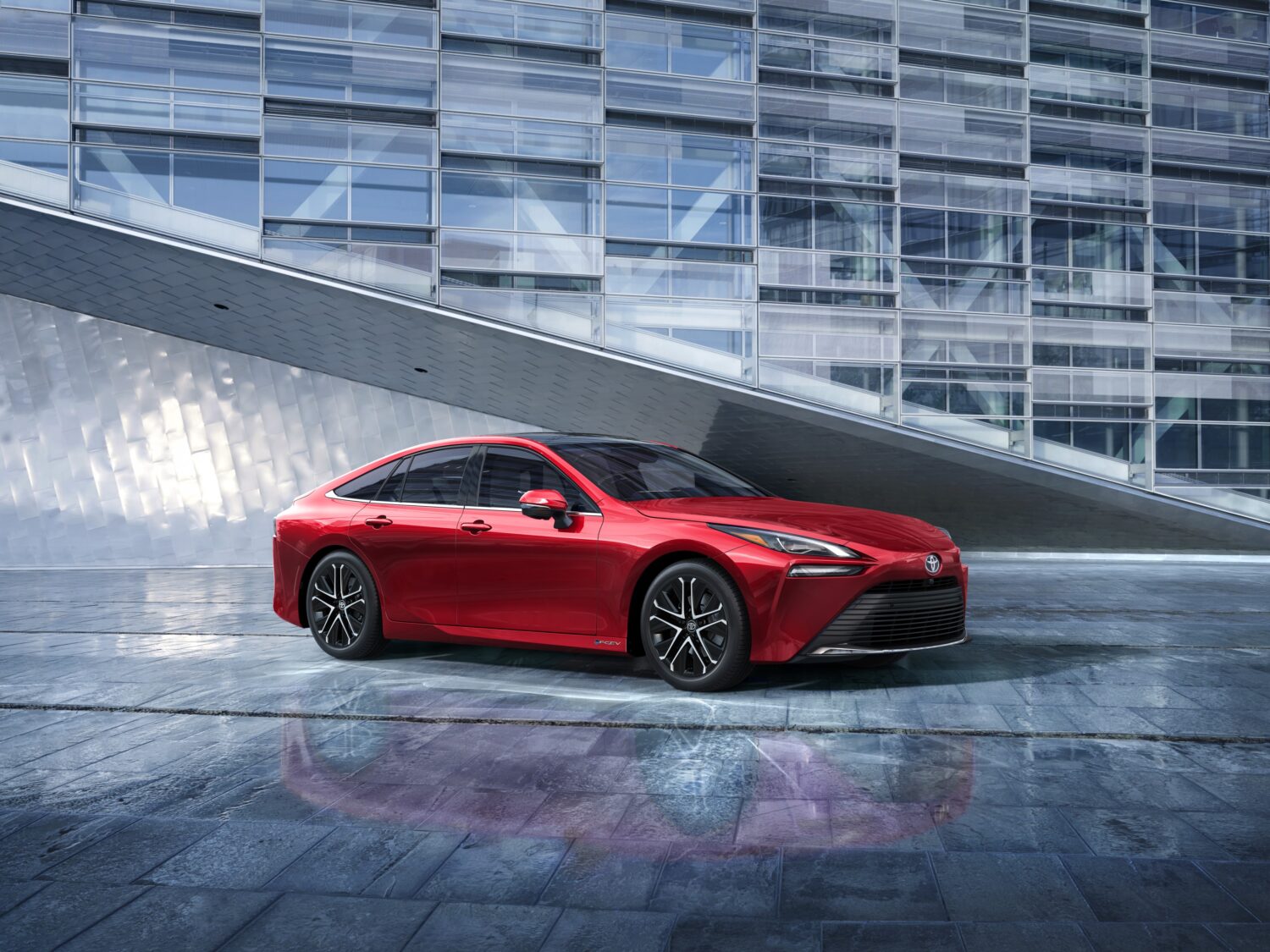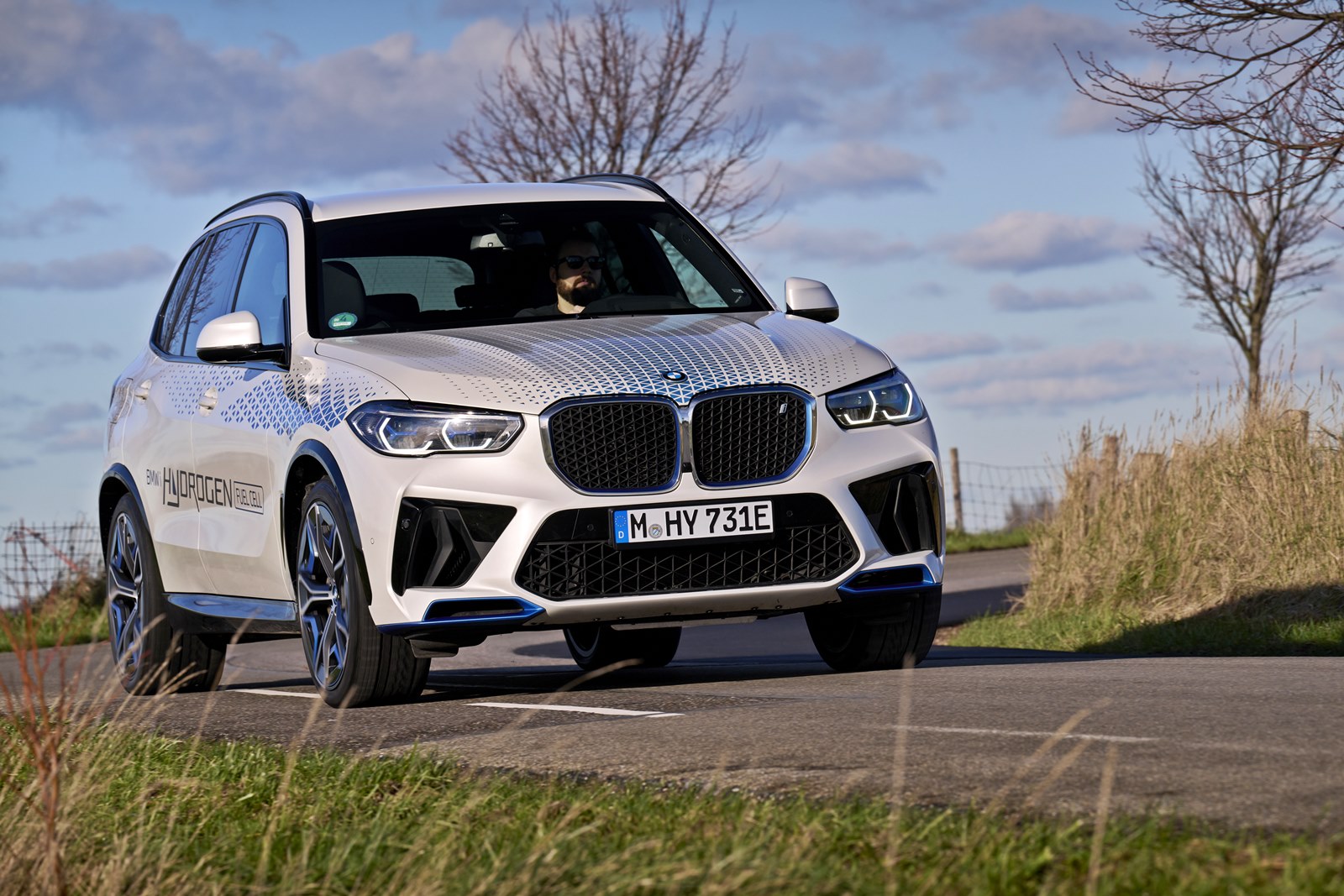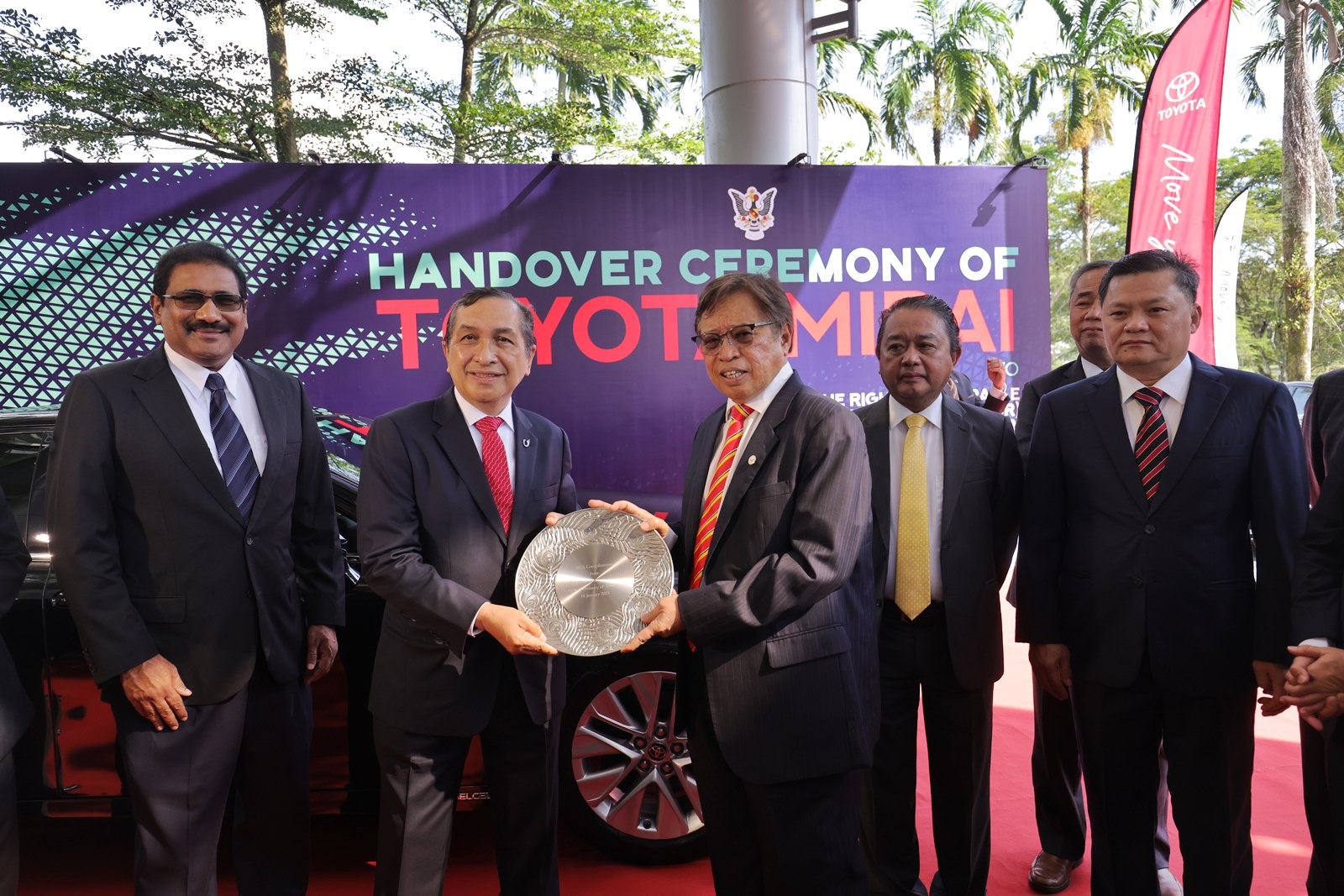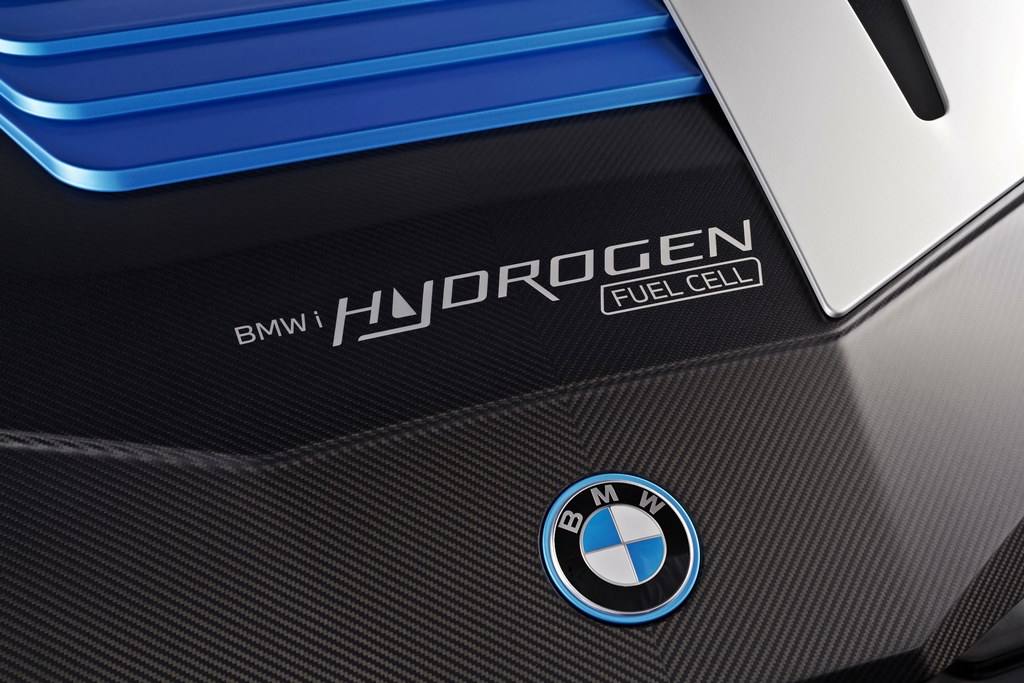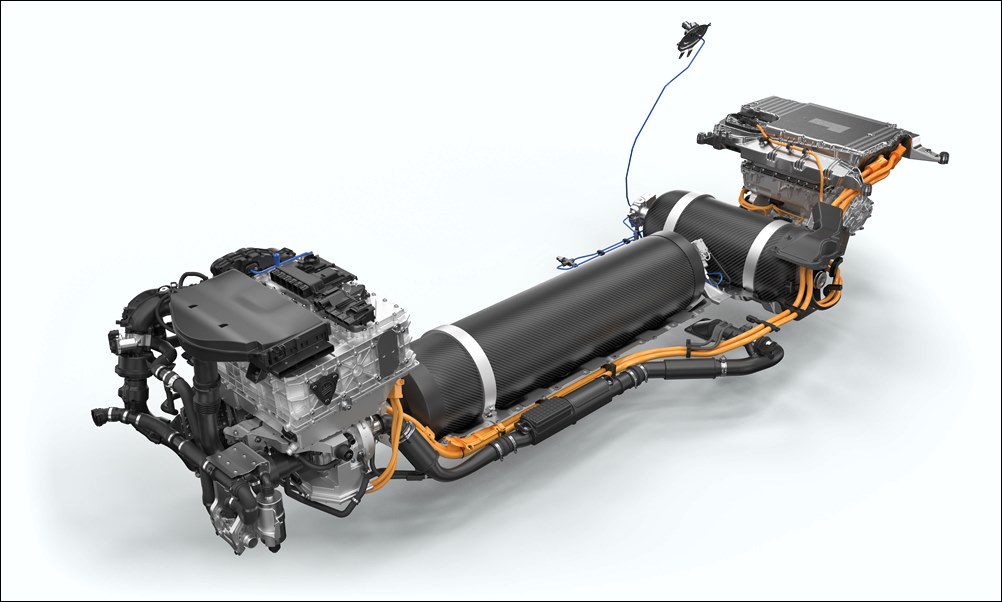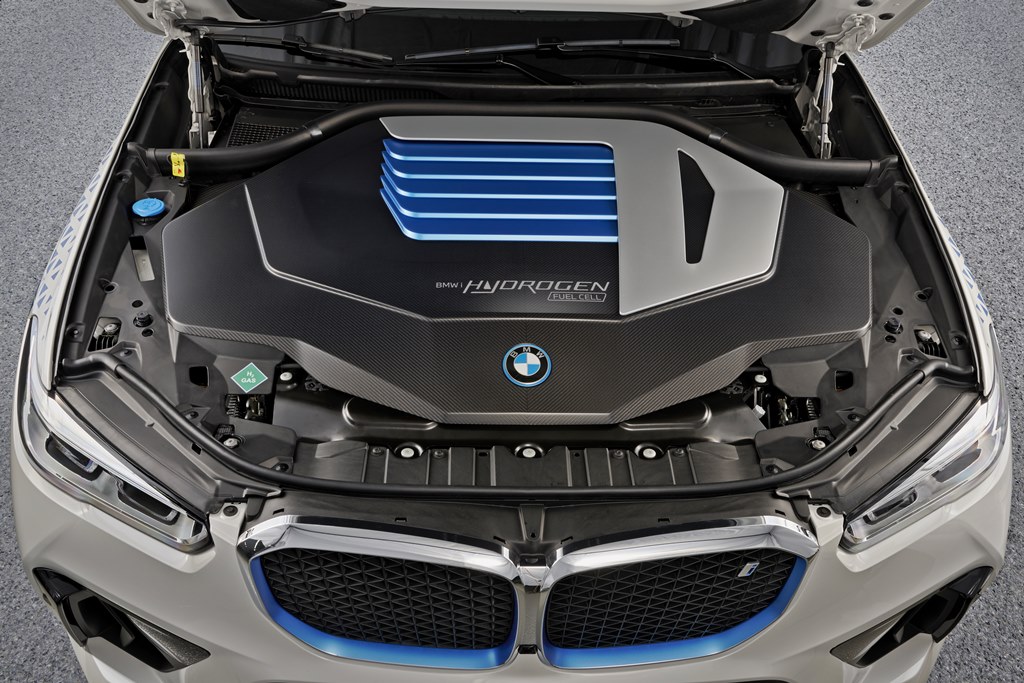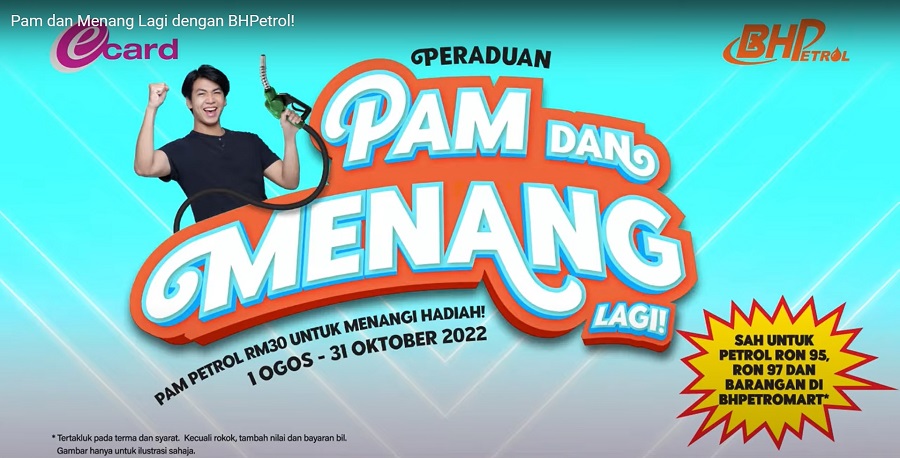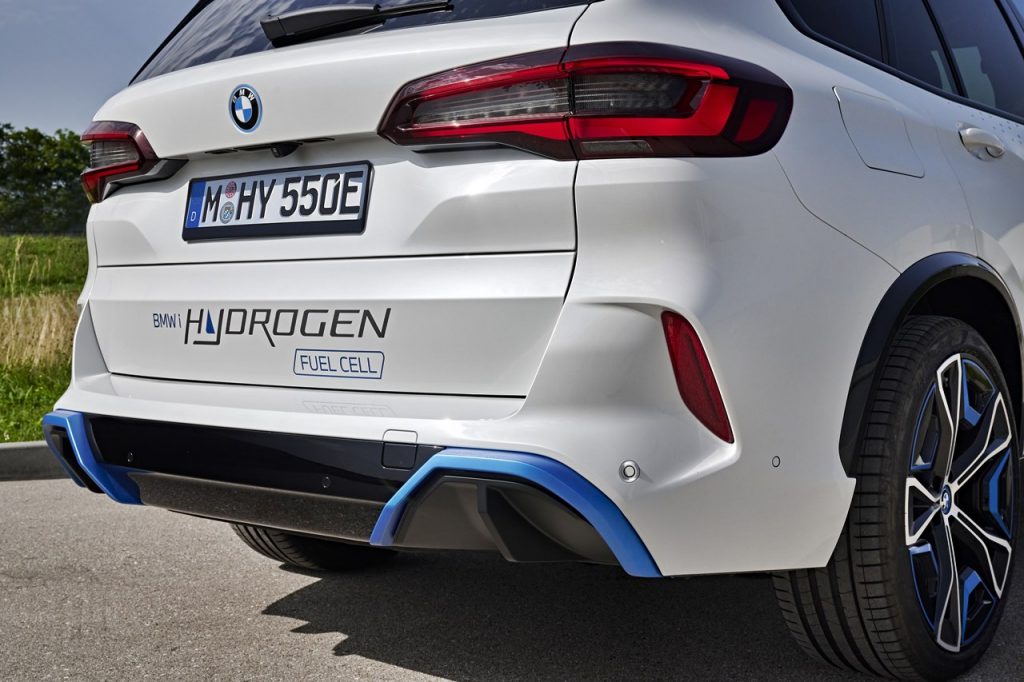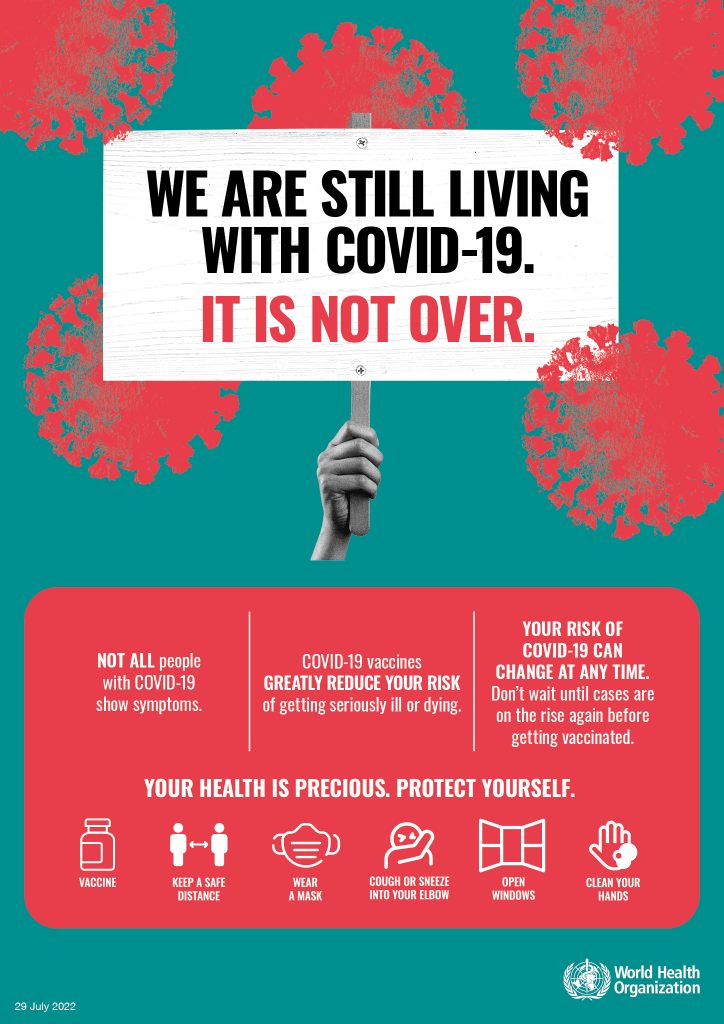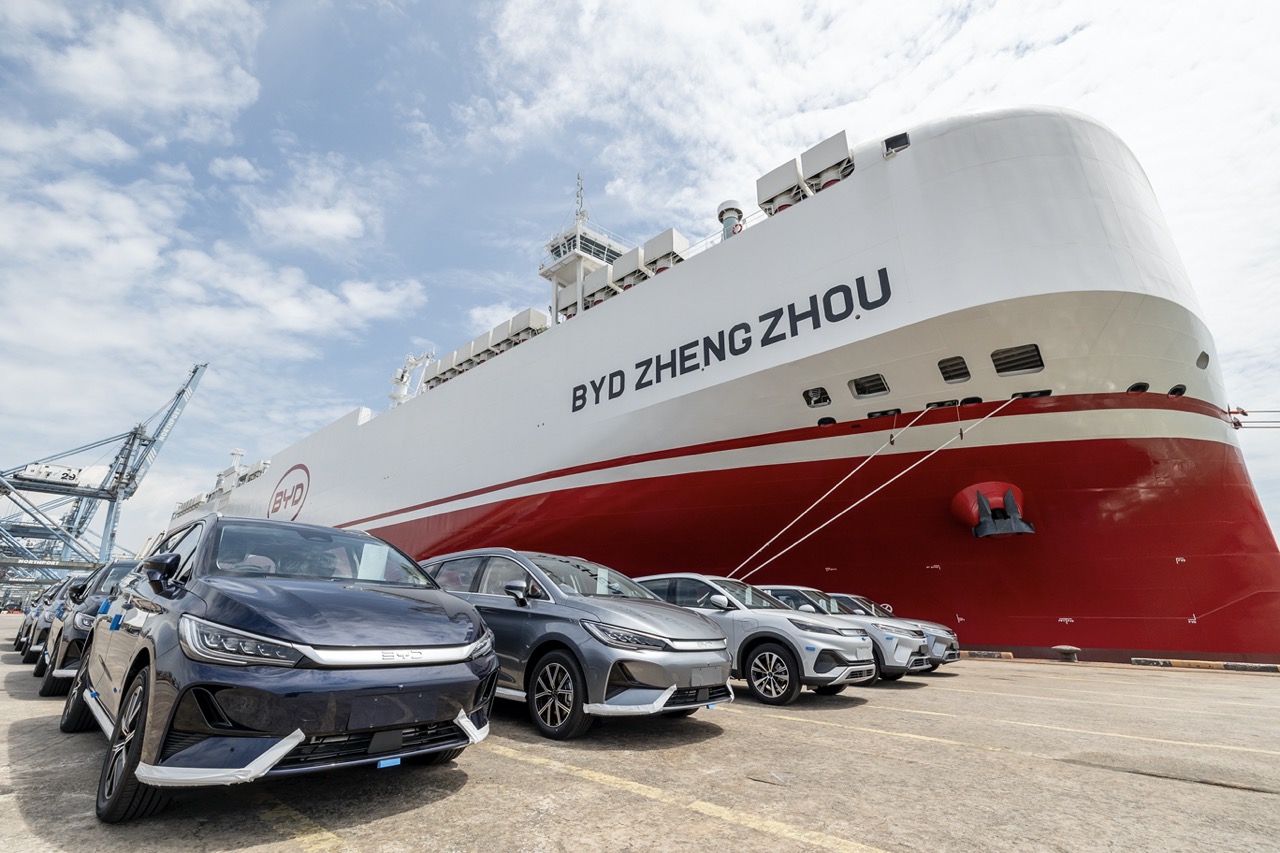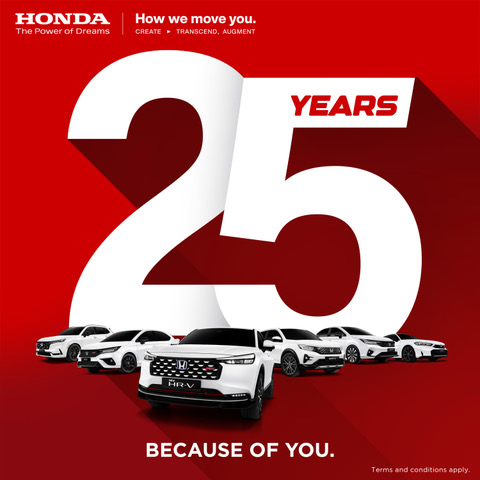In a move toward a more sustainable and futuristic automotive landscape, Toyota has unveiled the 2024 Mirai, the latest iteration of its groundbreaking Fuel Cell Electric Vehicle (FCEV). With an impressive range, new features, and enhanced safety technologies, the second-generation Mirai is set to redefine the standards for hydrogen-powered luxury.
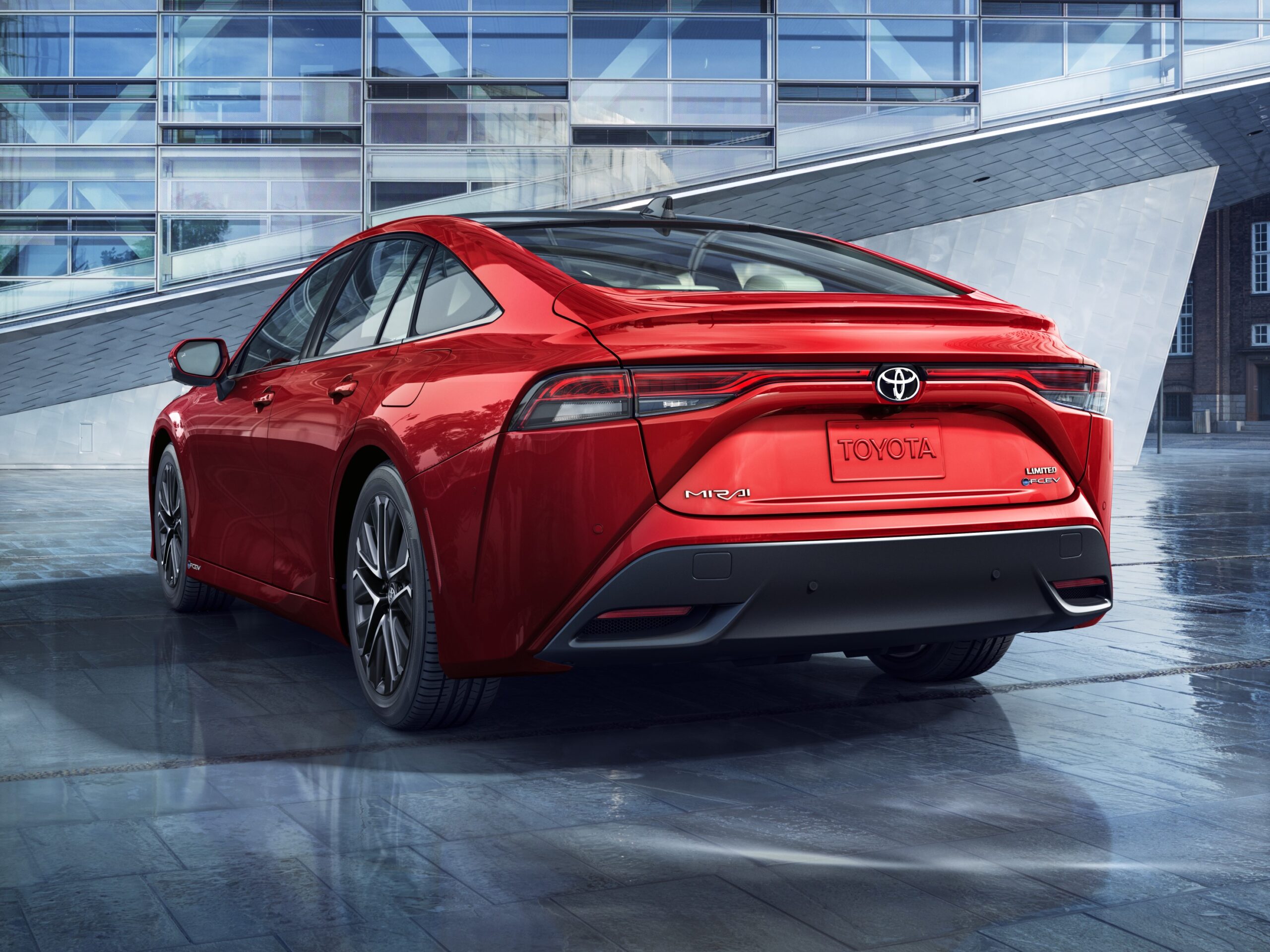
One of the standout features of the 2024 Mirai is its extended driving range. The Mirai XLE grade boasts an EPA-estimated range of 646km, a notable improvement that caters to the growing demand for extended-range FCEVs. Beyond its extended range, the Mirai introduces a fresh Elemental Silver exterior colour and Beyond Zero badging, underlining Toyota’s commitment to reducing carbon emissions and embracing a carbon-neutral future.

The inclusion of Toyota Safety Sense 3.0 further enhances the safety profile of the Mirai, making it a comprehensive choice for drivers prioritising advanced safety technologies.

At the heart of the Mirai’s allure is its “plug-less” electric vehicle operation. Instead of relying on traditional charging methods, the Mirai utilises a fuel cell system that generates electricity onboard from hydrogen. This process results in the emission of only water, aligning with Toyota’s commitment to creating environmentally friendly vehicles. The Mirai incorporates cutting-edge technologies, including an electrostatic air cleaner, a water-cooled oil cooler, and a lithium-ion battery, ensuring efficient and sustainable performance.
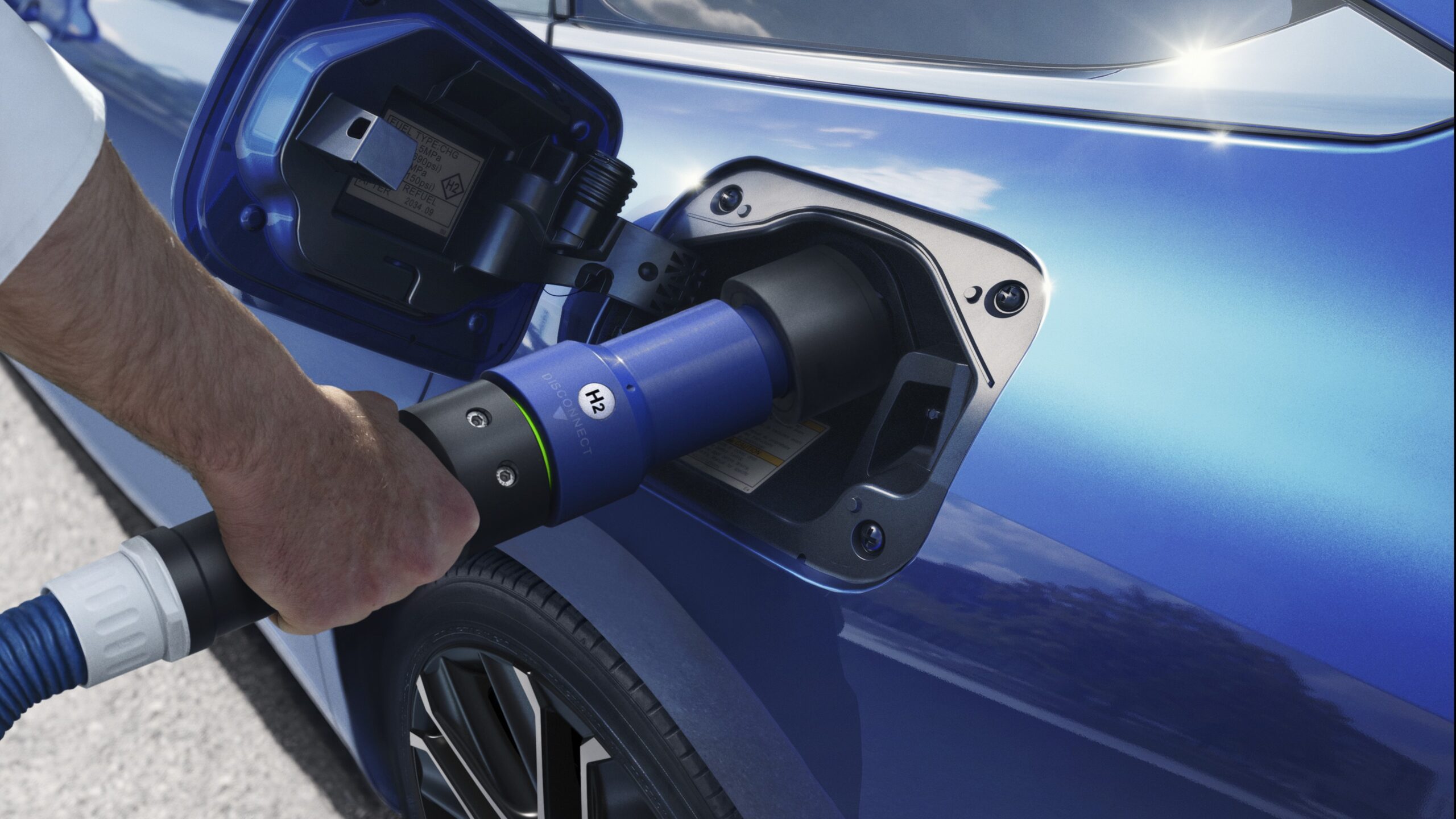
Built on the premium Rear-Wheel Drive (RWD) GA-L platform, the Mirai delivers a mid-size luxury-sport sedan experience. The GA-L platform, coupled with a sophisticated multilink suspension, guarantees exceptional handling agility and a remarkably smooth, quiet ride. The Mirai’s aerodynamic design, featuring a 0.29 coefficient of drag, not only contributes to efficiency but also enhances overall performance.

Inside the Mirai’s cabin, advanced technology and comfort seamlessly intertwine. Both Mirai grades feature a standard 12.3-inch multimedia touchscreen display, offering an intuitive interface for drivers and passengers alike. Connectivity options abound, with dual Bluetooth phone connectivity, wireless charging, and compatibility with Apple CarPlay and Android Auto. The Mirai caters to comfort with features like SoftTex-trimmed and heated seats, a Colour Head Up Display (HUD), and a digital rear-view mirror with HomeLink on the Limited grade.
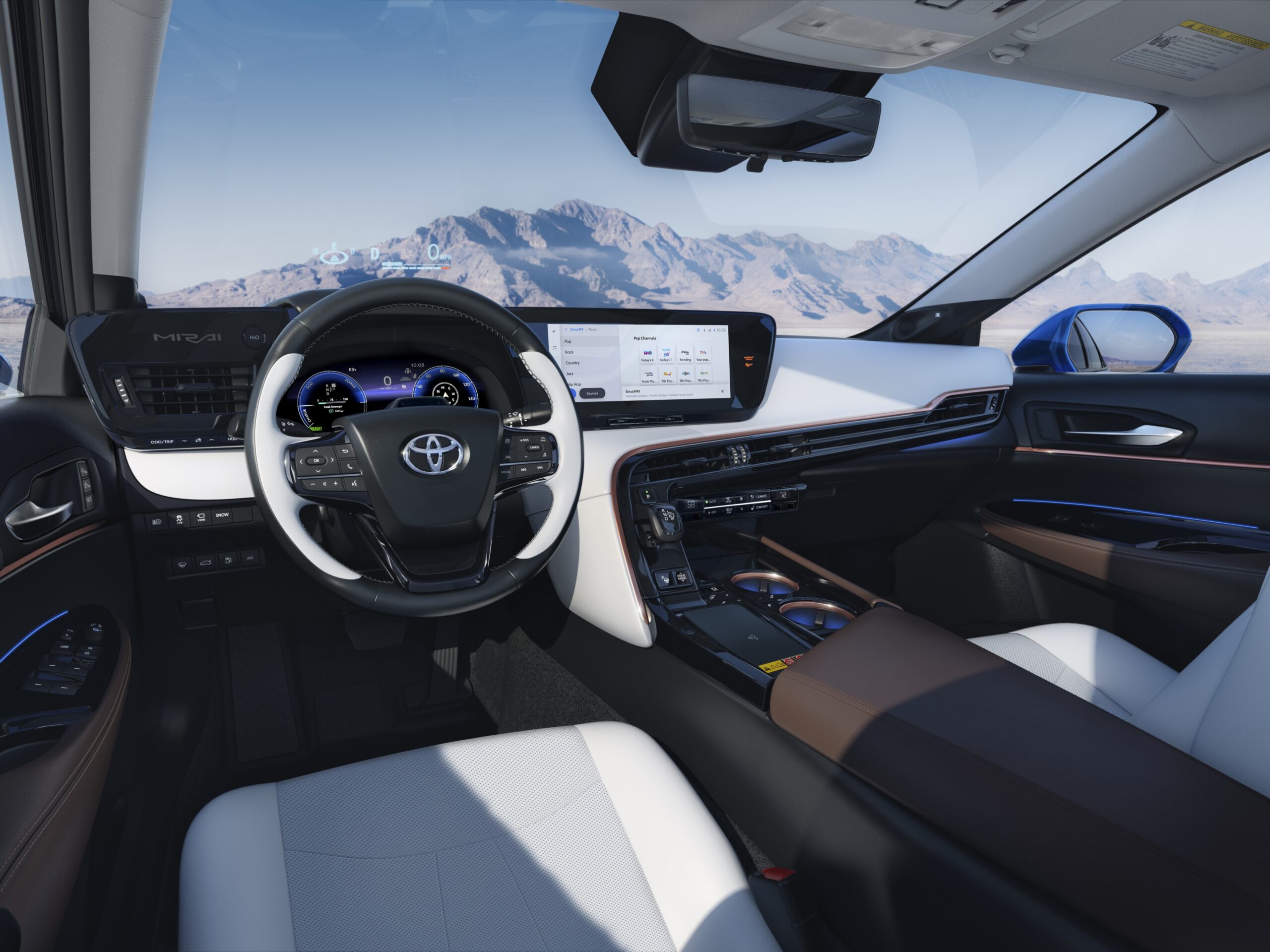
Safety takes center stage in the 2024 Mirai, now equipped with Toyota Safety Sense 3.0. This comprehensive safety suite includes features such as Pre-Collision System, Full-Speed Range Dynamic Radar Cruise Control, Lane Departure Alert with Steering Assist, and more. Additional safety elements include Blind Spot Monitor, Rear Cross Traffic Alert, and Traffic Jam Assist, ensuring a secure driving experience.

Mirai owners can enjoy an array of Connected Services, including Safety Connect, Service Connect, and Remote Connect. Extended benefits such as ToyotaCare, complimentary hydrogen fuel, dedicated 24/7 phone support, and an eight-year/160,934km FCEV warranty underline Toyota’s commitment to customer satisfaction and the longevity of their FCEV investment.
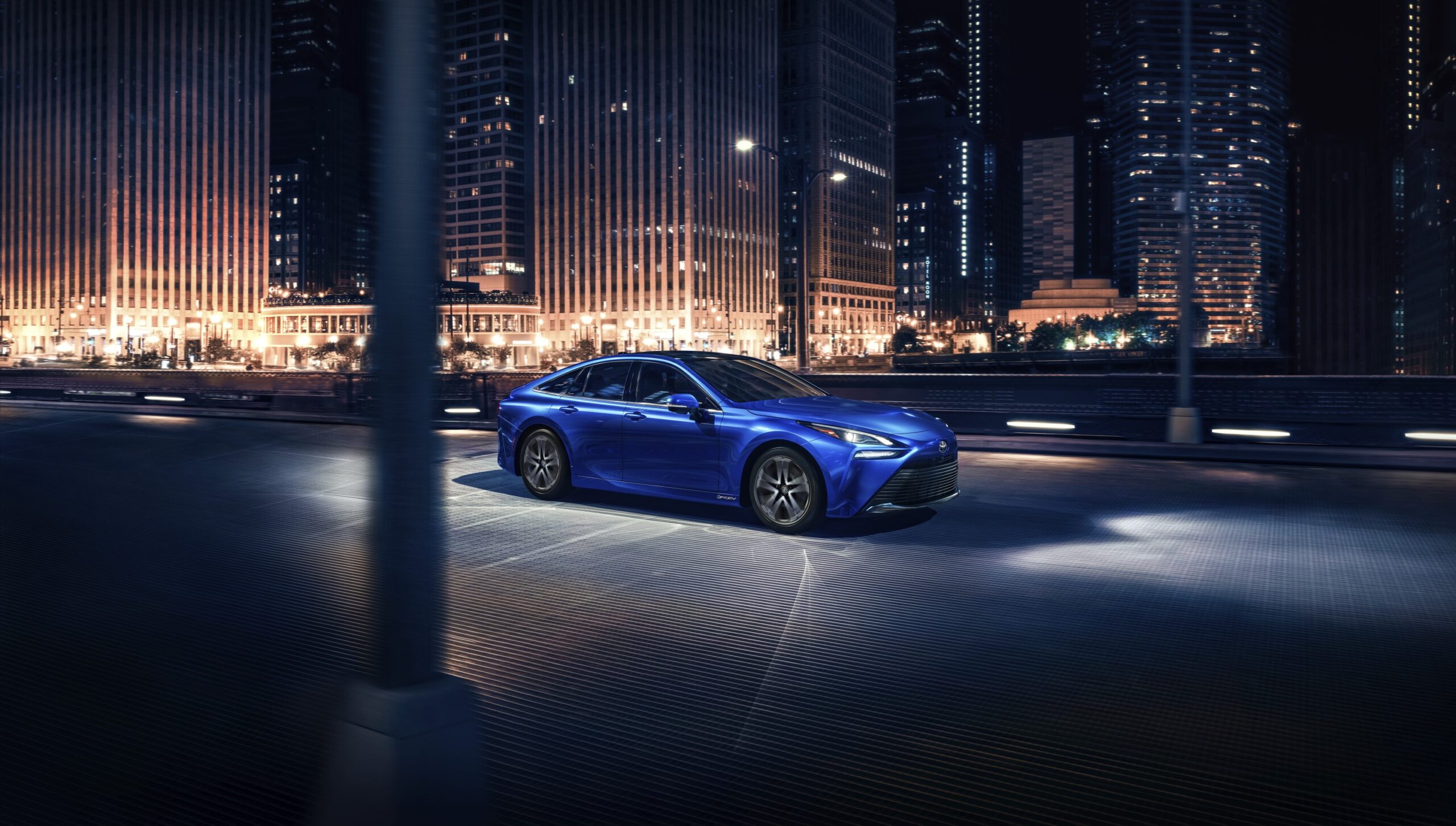
The pricing for the Mirai XLE is $50,190 (RM237,273) and the Mirai Limited at $67,155 (RM317,475).

